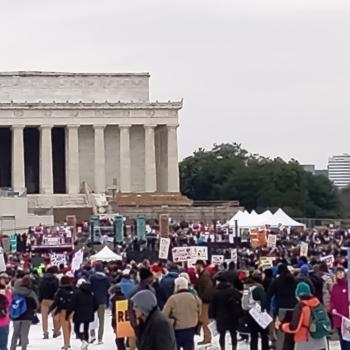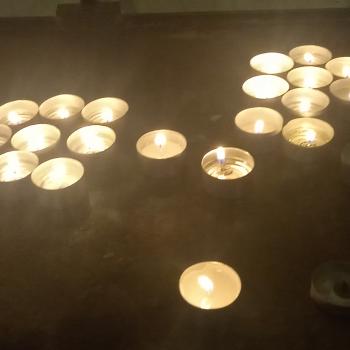People like to talk about the evils of communism while neglecting all the atrocities committed in the name of capitalism. In Libya, some pilots flew their jets to neutral territory rather than strafe and bomb their fellow countrymen. President Warren Harding placed the same choice upon US pilots when he ordered troops to suppress the unionization of coal mines in West Virginia.
By August 29, battle was fully joined. Chafin’s men, though outnumbered, had the advantage of higher positions and better weaponry. Private planes were hired to drop homemade bombs on the miners. A combination of gas and explosive bombs left over from the fighting in World War I were dropped in several locations near the towns of Jeffery, Sharples and Blair. At least one did not explode and was recovered by the miners; it was used months later to great effect during treason and murder trials following the battle. On orders from the famous General Billy Mitchell, Army bombers from Maryland were also used for aerial surveillance, a rare example of Air Power being used by the federal government against US citizens. One Martin bomber crashed on the return flight, killing the three members of the crew. Sporadic gun battles continued for a week, with the miners at one time nearly breaking through to the town of Logan and their target destinations, the non-unionized counties to the south, Logan and Mingo. Up to 30 deaths were reported by Chafin’s side and 50-100 on the union miners side, with many hundreds more injured. By September 2, federal troops had arrived. Realizing he would lose a lot of good miners if the battle continued with the military, union leader Bill Blizzard passed the word for the miners to start heading home the following day. Miners fearing jail and confiscation of their guns found clever ways to hide rifles and hand guns in the woods before leaving Logan County. Collectors and researchers to this day are still finding weapons and ammunition embedded in old trees and in rock crevices. Thousands of spent and live cartridges have made it into private collections.












